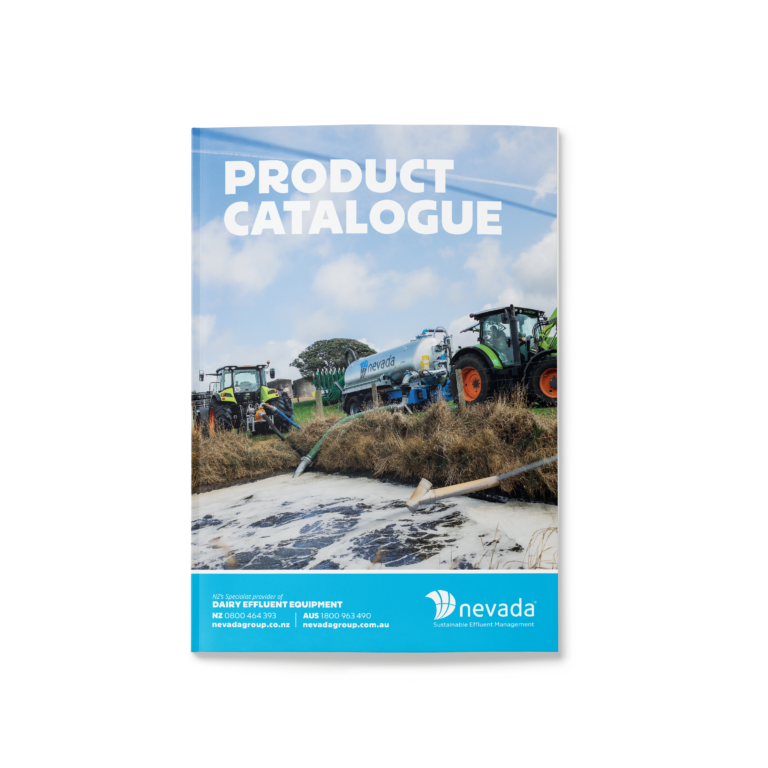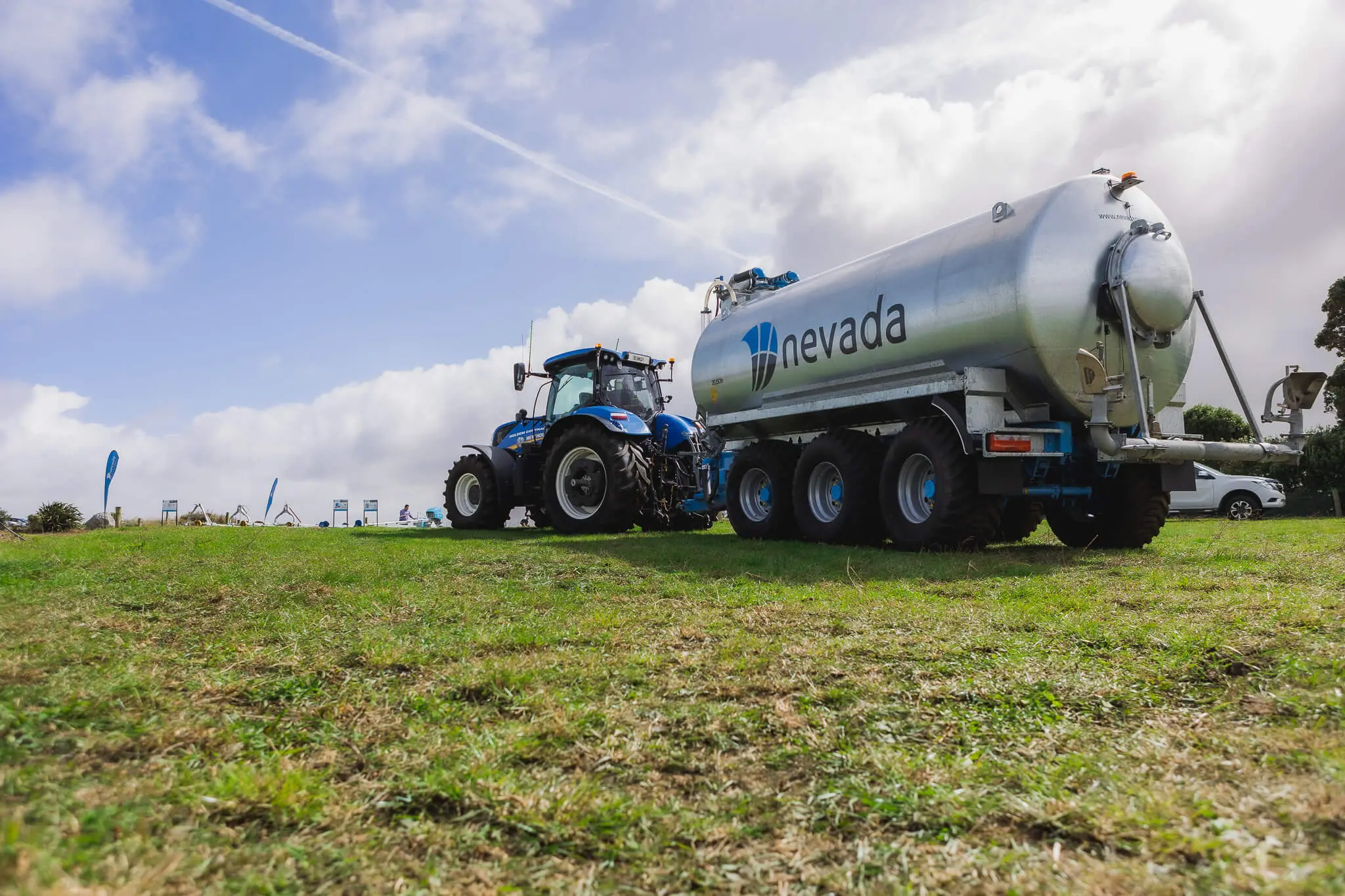- Sustainable Effluent Management
The bladders are made from strong, tear-resistant materials that are designed to withstand the weight and pressure of the effluent they contain.
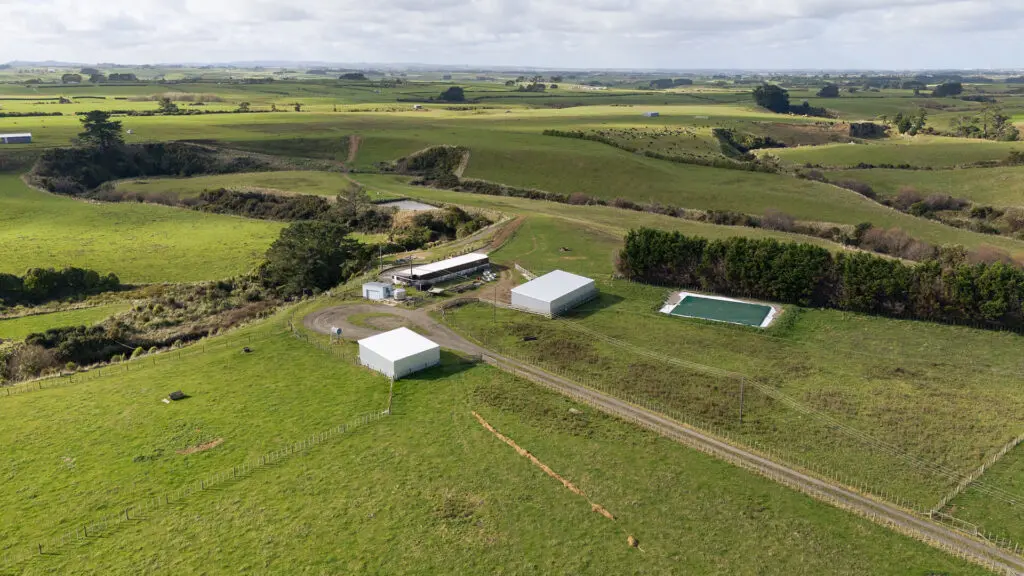
The unique difference between an effluent bladder tank and a steel effluent tank is the integral strength of the bladder’s lining. A bladder is made from interwoven materials that give it the strength to withstand pressure and potential holes. If a hole were to form, it would not rupture, but rather remain as a small hole that can be repaired with a patch kit.
In the unlikely event of a leak, the cause is usually neglect such as:
These types of issues can usually be prevented through proper maintenance and training of staff.
The other unlikely cause would be vandalism, or an accident like someone shooting on farm and hitting the tank.
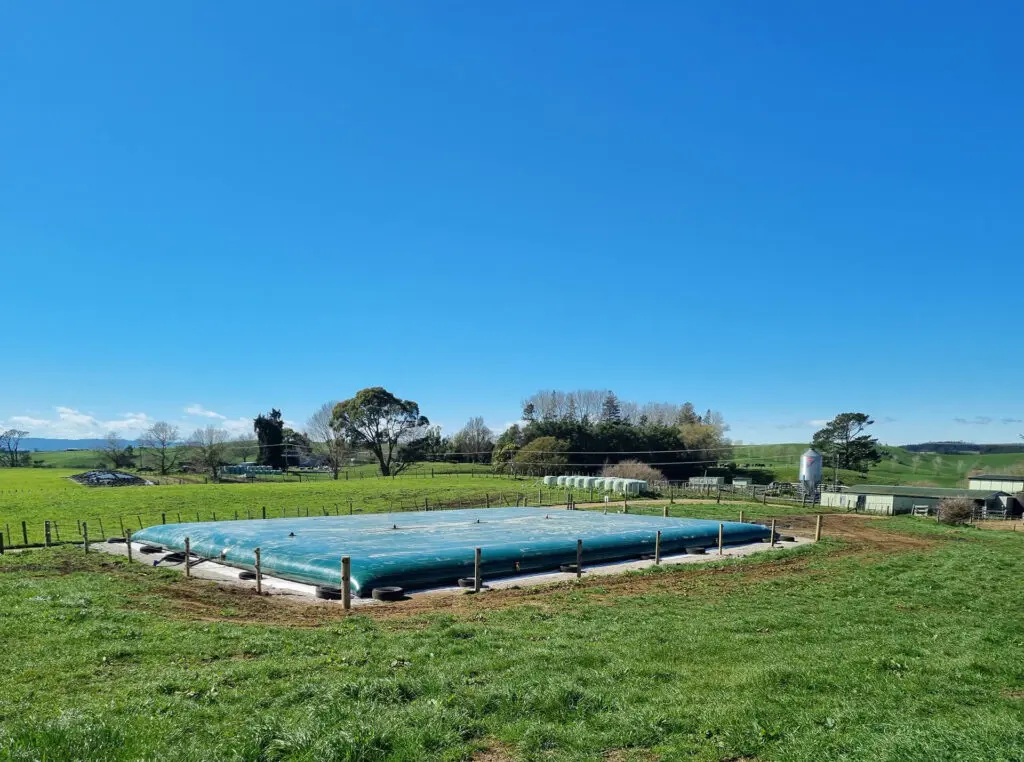
Most council regulations state that farmers must have measures in place in the event of system failure, such as regular maintenance to prevent leaks to waterways or land. Farmers should also have a maintenance plan in place and ensure all staff understand the importance of effluent management, compliance, and non-compliance. Staff should also have adequate training and know what to do in case of an emergency.
This is where it is important to have a contingency plan in place, just in case.
A contingency plan doesn’t need to be a big deal. Your plan should include:
Other things to consider would be:
In the event of a major leak, contact your local council to let them know.
Contingencies for major leaks will depend on your farming situation, but some options could be:
By taking these steps, you can ensure you have a contingency plan in place for your effluent bladder tank, reducing the risk of a leak and protecting the environment.
Receive fortnightly email newsletters with the latest insights from Nevada!
Copyright © 2025 Nevada Group
Receive fortnightly email newsletters with the latest insights from Nevada!
Copyright © 2025 Nevada Group
"*" indicates required fields
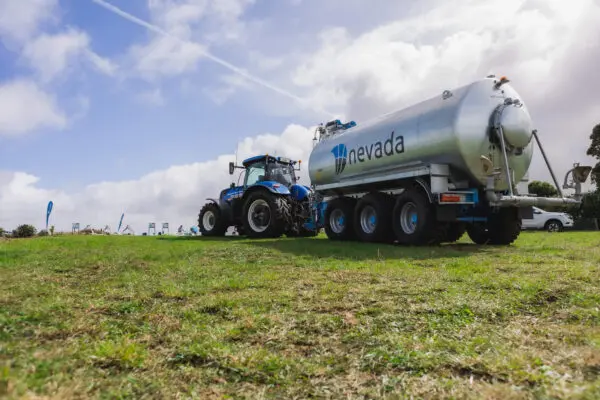
"*" indicates required fields

"*" indicates required fields
